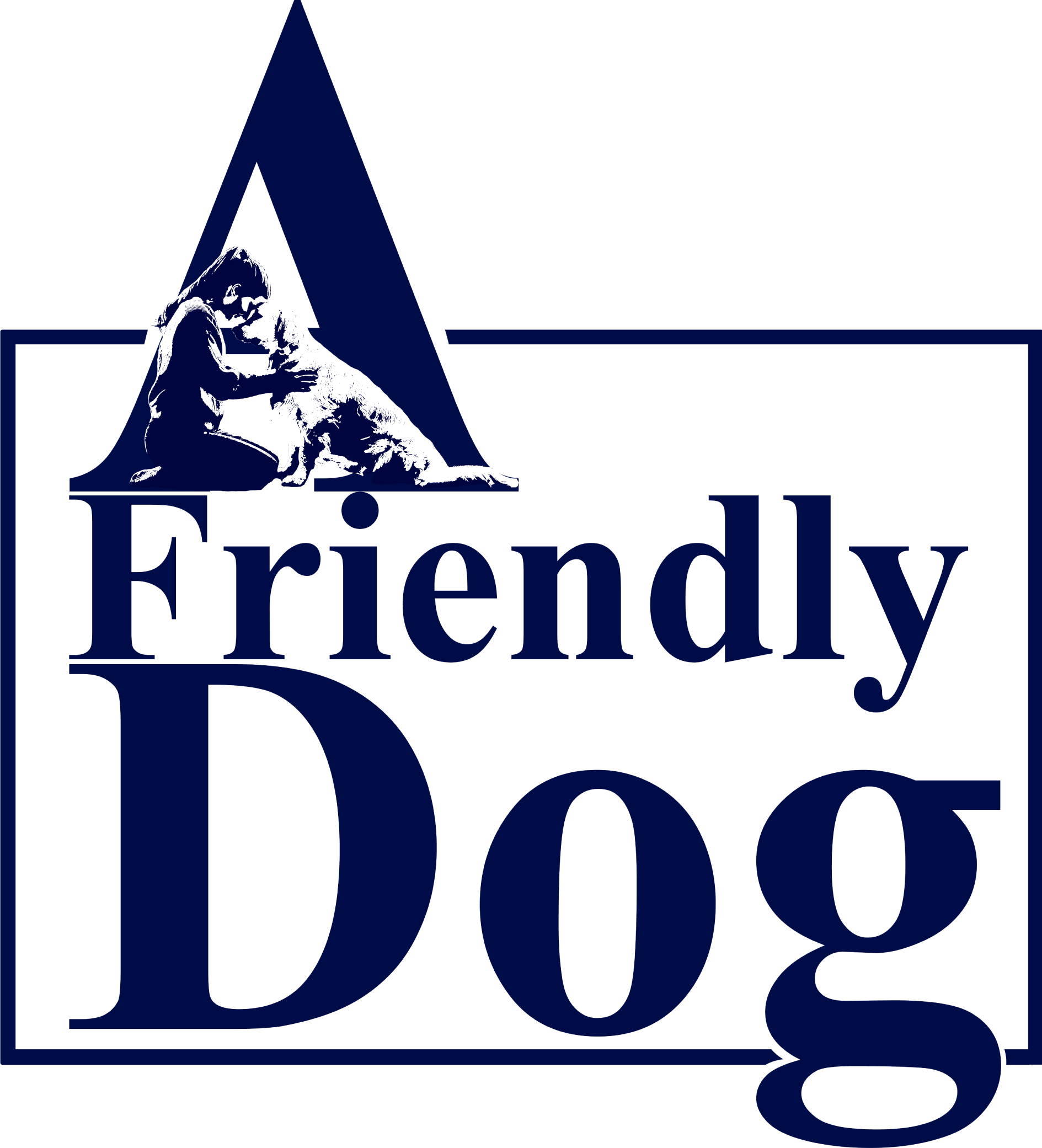The mere mention of any dog food product name provides significant information regarding the contents of the container or package. Specifically, the term “beef” indicates that beef must constitute a minimum of 70 percent of the overall product. Conversely, designations such as “beef dinner,” “beef entrée,” or “beef platter” only necessitate a minimum beef content of 10 percent. Similarly, the inclusion of “with beef” requires a mere 3 percent of the total product to be comprised of beef, while “beef flavor” implies that the product contains a minimal amount of beef solely for the purpose of enhancing its flavor (less than 3 percent). This principle applies to other named ingredients, such as “chicken.” When you are buying a product labelled as such, you know it’s mostly meat.
The ingredient list displayed on a dog food label does not provide any indication of the quality of the ingredients or their origin. Additionally, certain manufacturers may divide the ingredients in order to create a more balanced distribution. For example, various forms of corn, such as flaked corn, ground corn, or kibbled corn, may be listed separately. This practice results in corn being ranked lower on the list of ingredients, despite its high actual content in the food.
The inclusion of meat versus meat meal in dog food poses another challenge. Whole meats typically contain a significant amount of water weight, which ultimately reduces the overall percentage of meat after processing. Conversely, meat meal, although less appealing in name, actually contains a higher proportion of meat compared to “whole meats” as it does not include any water weight that could skew the calculation.
The ingredient list may not provide information about the quality of the ingredients, but it does disclose the contents of the food. This is particularly important for dogs with specific dietary requirements or allergies, as well as for owners who want to provide their dogs with specific sources of fiber, protein, and carbohydrates. When selecting a dog food, it is crucial to look for the statement “(Name of product) is formulated to meet the nutritional levels established by the AAFCO Dog Food Nutrient Profiles” on the label. This statement is not merely an advertising slogan.
The Association of American Feed Control Officials (AAFCO) has stringent criteria to ensure that a product is genuinely complete and balanced for dogs (or cats). Complete and balanced diets must contain the minimum amount of all the necessary nutrients for dogs, which is also indicated in the “guaranteed analysis.” This analysis provides the minimum quantities of crude protein and fat, as well as the maximum amounts of water and crude fiber. However, it does not provide the exact quantities of these components, allowing for significant variation. The manufacturer’s average nutrient profile is often a more reliable tool for evaluating a product.

